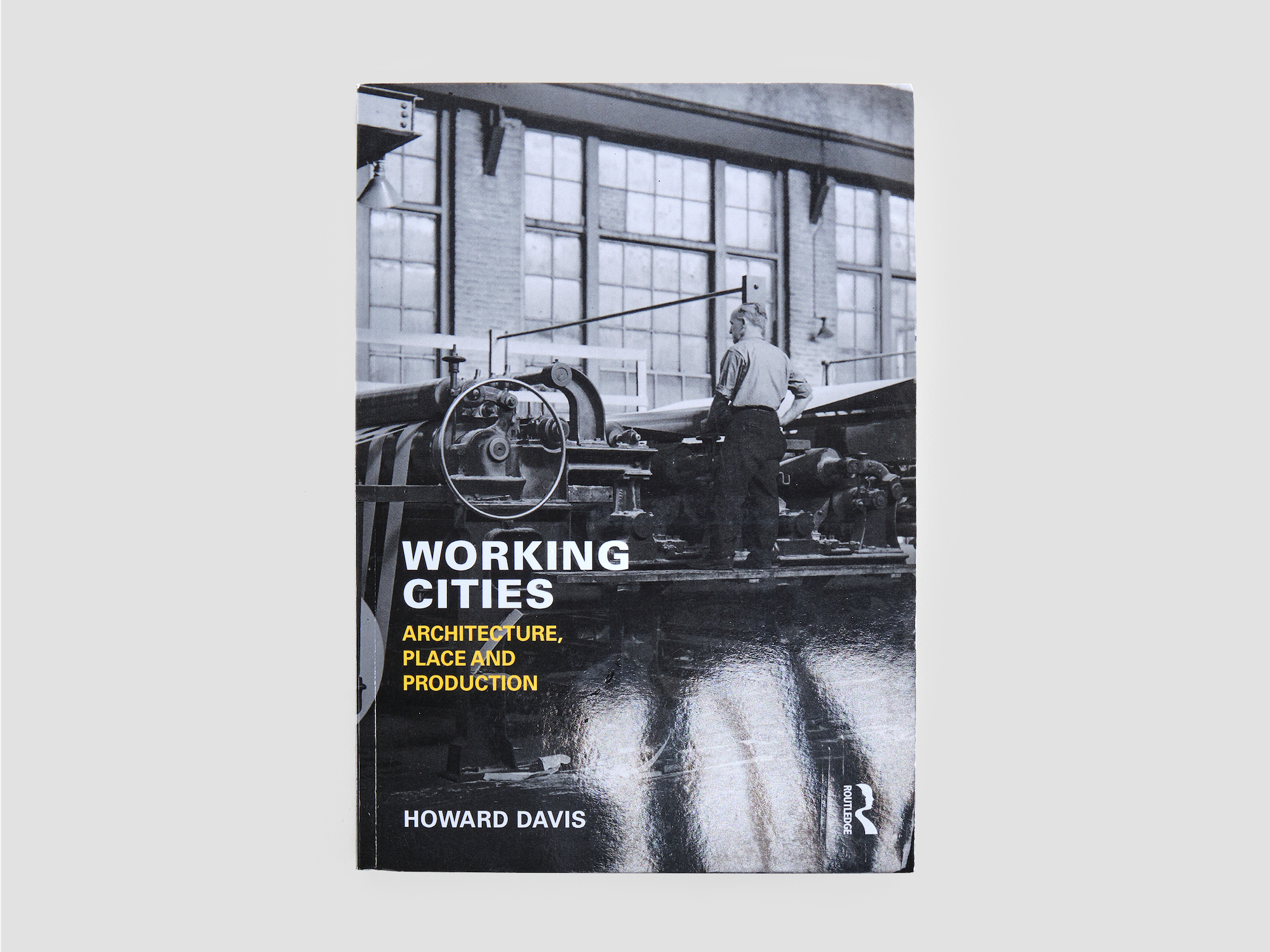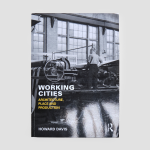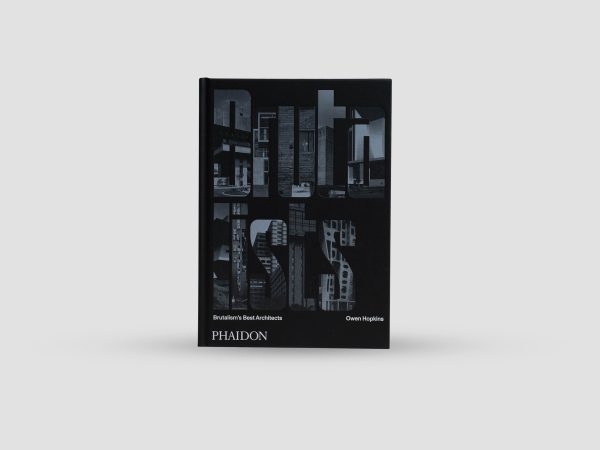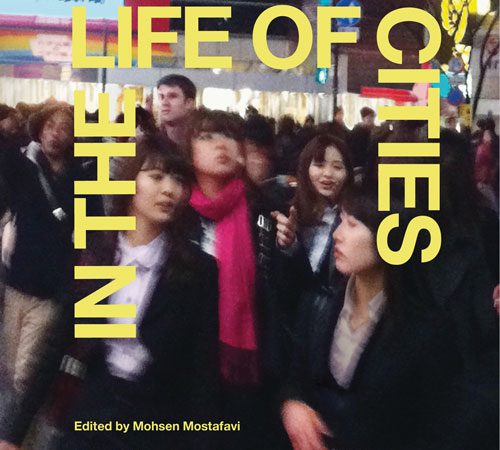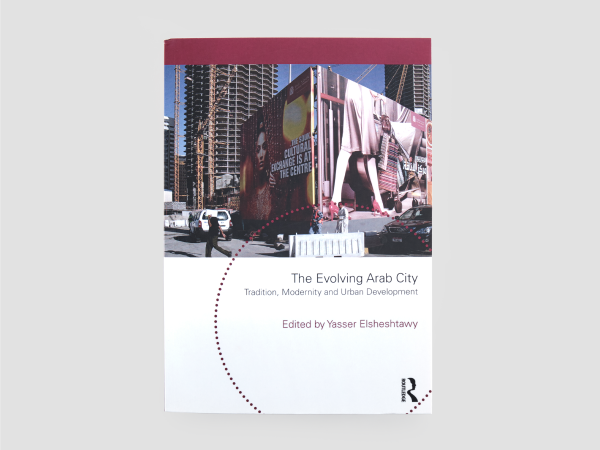Cities have historically supported production, commerce and consumption, all central to urban life. But in the contemporary Western city, production has been hidden or removed, and commerce and consumption have dominated. This book answers the question: What will cities be like when they become, once again, places of production and not only of consumption?
Through theoretical arguments, historical analysis and descriptions of new initiatives, Working Cities: Architecture, Place and Production argues that contemporary cities can regain their historic role as places of material production—where food is processed and things are made. The book looks toward a future that builds on this revival, providing architectural and urban examples and current strategies within the framework of a strong set of historically-based arguments.
Illustrated in full colour with archival and contemporary photographs, maps and diagrams especially developed for this book, the compelling visuals help illustrate the different variables of architectural space, urban location and production in different historical eras and in different kinds of industries.
About the Author
Howard Davis is Professor of Architecture at the University of Oregon. His research is concerned with the relationships between architecture and the contemporary city, focussing on how the form of the city and the architecture of its buildings help enable diversity, resilience and economic and cultural sustainability.
About the Publisher
Founded in 1836, Routledge has published many of the greatest thinkers and scholars of the last 100 years, including Adorno, Einstein, Russell, Popper, Wittgenstein, Jung, Bohm, Hayek, McLuhan, Marcuse and Sartre. Today, Routledge is the world’s leading academic publisher in the humanities and social sciences, publishing thousands of books and journals each year and serving scholars, instructors and professional communities worldwide.
